Kickstart 2023 with over 120,000 new records, from military to marriages
3-4 minute read
By Jessie Ohara | January 6, 2023
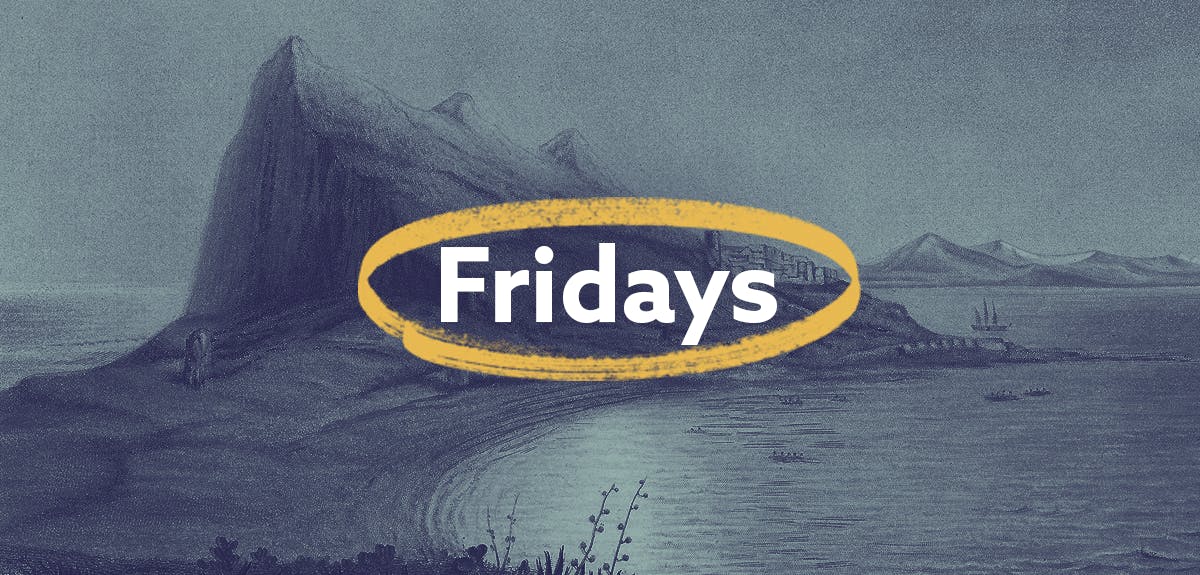
Discover history as it happened in 19th and 20th century Gibraltar.
It's the first release of the new year, and it's a big one. Here's a rundown of everything that's new here on Findmypast.
Gibraltar Census 1871-1921
This brand-new collection comprises six decades of census returns from Gibraltar.
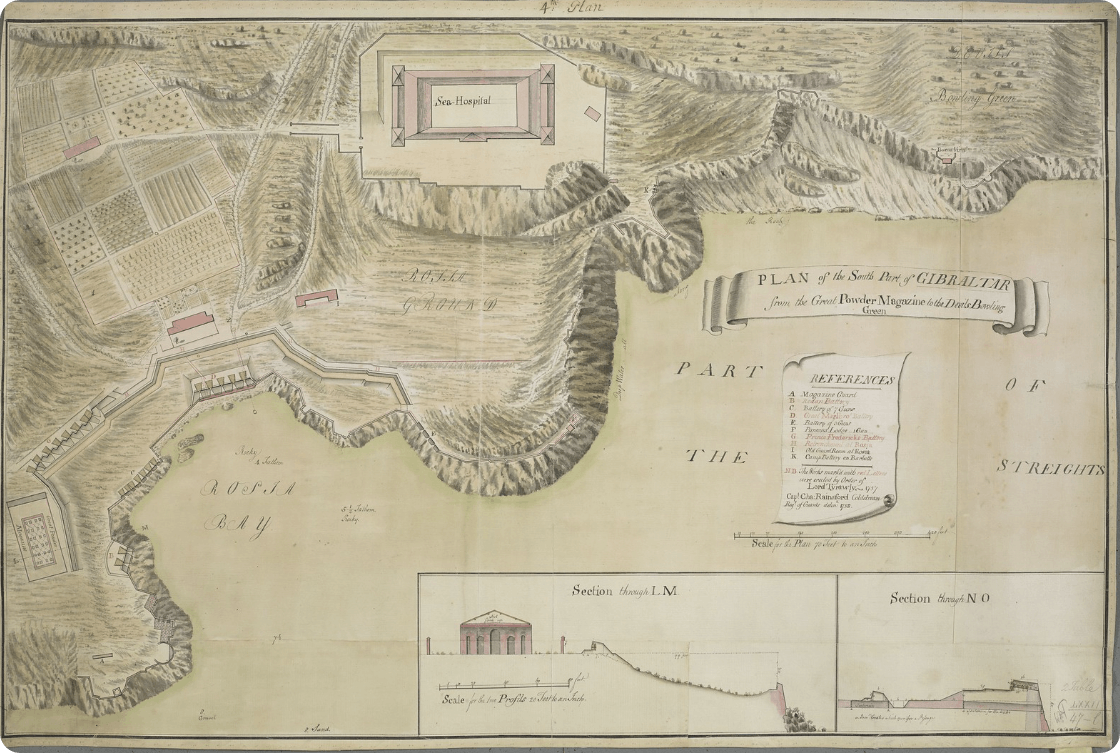
A map of the South of Gibraltar, from King George's Topographical Collection, 1758.
With Gibraltar being a British Overseas Territory from 1713, many of our ancestors moved over for military work and to help rebuild the city. A significant portion of these families didn't leave until the Second World War, when they were evacuated to London.
Through these records, you can trace your ancestors through the years, and discover how their families changed and transformed over six decades. The record count for each decade is as follows:
- 1871 - 22,725
- 1881 - 18,616
- 1891 - 19,057
- 1901 - 19,342
- 1911 - 14,951
- 1921 - 18,700
These will give you similar information to census records from the UK - full name, residence, birth year, and occupation. However, the 1891, 1901 and 1911 Censuses also include notes on disability. This may involve education level too, such as if your ancestor could read or write.
Gibraltar Military Deaths 1869-1914
Another brand-new collection, these records document 2,749 British military deaths in Gibraltar in the 45 years before the First World War.
Gibraltar became a hugely important base for the Royal Navy from the 18th century onwards. This is because it controlled the Gibraltarian choke point to the Mediterranean Sea, which is only 14.3km wide.
To this day, this passage is incredibly important for both military and importation, and up until around 20 years ago, the British military was Gibraltar's largest economy.
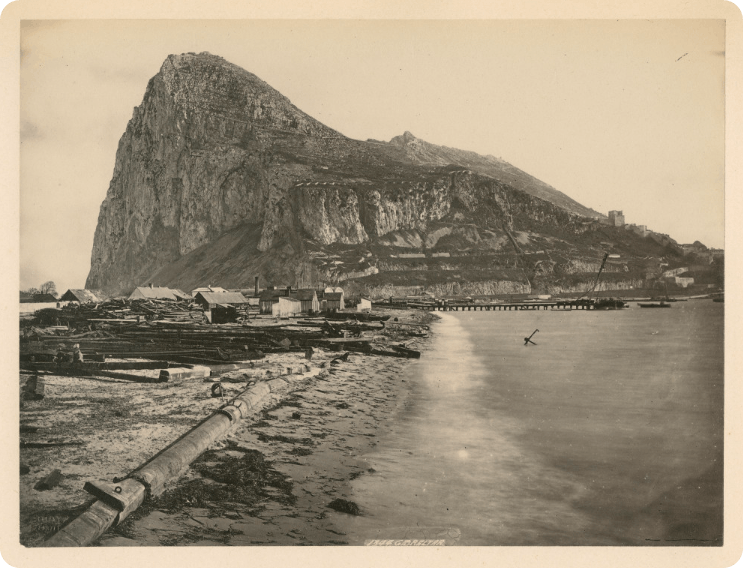
Gibraltar's coastline, from DeGolyer Library, Southern Methodist University, circa 1870.
The death records in this collection are likely not due to conflict, but instead other causes; for example, William Abel's death in 1872 is listed as 'multiple injuries by a fall out of barracks window'.
The medical details tend to be quite vivid, and these transcripts also often include the period of residence in Gibraltar, the duration of the death, and the medical practitioner that saw to it. There is also sometimes a separate field for primary and secondary cause of death, which can differ, such as in William Madden's record.
Gibraltar Marriages 1802-1942
To conclude the first weekly release of records, we've added 4,420 records to our Gibraltar Marriages between 1802 and 1920.
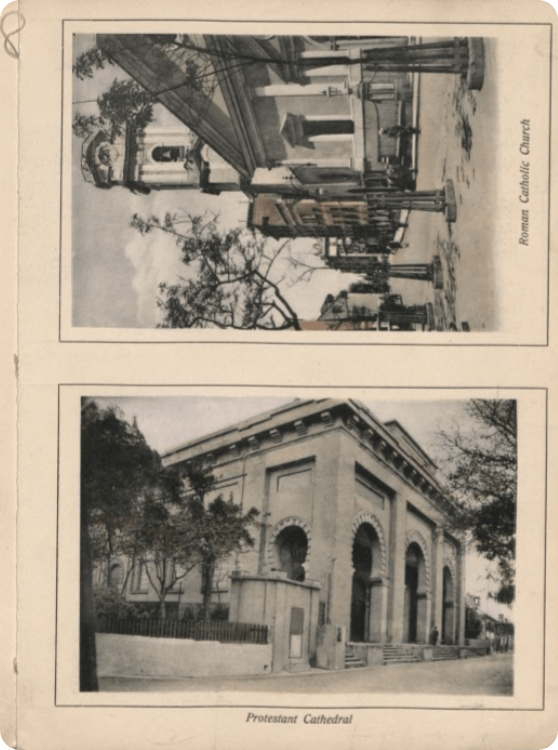
A Gibraltarian Protestant cathedral and a Gibraltarian Catholic church, part of the Colonial Office photographic collection, 1904.
In these new additions, you'll find:
- Military marriages spanning 1869-1914
- Civilian marriages spanning 1862-1920
- Protestant marriage licenses spanning 1802-1883
Most of these records are fairly detailed, giving the full name of both spouses, the residence of both spouses, the groom's occupation, the father's name and occupation, and the religious denomination of the marriage.
Hot off the press
This week, you'll find over 600,000 new pages at the archive. Amongst three new titles, discover Lady of the House, an Irish newspaper that dedicated itself to the life of women in the early 20th century:
""The want has long been felt of a high-class Irish Journal solely devoted to Fashion, the Beautifying of the Home and Person, Scientific Cookery, the Toilet, the Wants and Amusements of Children, the Garden and Conservatory, and the hundred-and-one matters which interest educated women.""
A typically middle- and upper-class title, it included advice on women's domestic duties, notes on how to acceptably earn money as a woman, fashion and beauty tips, as well as illustrations dedicating themselves to types of Irish beauty and contemporary trends.
Not only that, but we've released an immense update to the beautifully-adorned cinema newspaper, The Picturegoer.
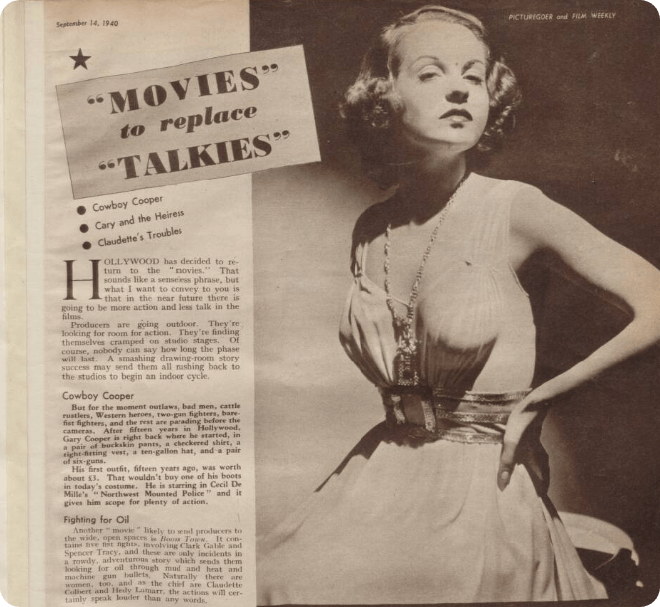
The Picturegoer, 1940.
This title is one for any cinephile out there, devoting itself to movie stars and the glitz and glamour of Hollywood gossip. Inside, it contains page after page of photographs, biographies, and thought pieces on the progression of Hollywood throughout the early 20th century.
If that's not enough, then the full list of new and updated titles is below.
New titles:
- Buckinghamshire Advertiser, 1997
- Lady of the House, 1895-1923
- Matlock Visiting List, 1885-1888, 1890-1895, 1897-1904
Updated titles:
- Belper Express, 1993
- Burton Daily Mail, 1996
- Cambridge Daily News, 1996
- Chester Chronicle (Frodsham & Helsby edition), 1999
- Esher News and Mail, 1991
- Hereford Times, 1922
- Herts and Essex Observer, 1996
- Ilkeston Express, 1999
- Irvine Herald, 1971, 1980
- Isle of Thanet Gazette and Thanet Times, 1999
- Midweek Visiter (Southport), 1992
- Neath Guardian, 1998
- Northampton Herald & Post, 1997
- Picturegoer, 1913-1914, 1919-1920, 1926-1960
- Runcorn & Widnes Herald & Post, 1999
- Shields Daily Gazette, 1921, 1927, 1932, 1937, 1944
- Shrewsbury Chronicle, 1980
- Staffordshire Newsletter, 1997
- Uttoxeter New Era, 1897
How are you planning to jump back into your research in 2023? Let us know on social media, and let's see if we can help in any way. Just tag us @findmypast to get the conversation going.
We added 600,000 newspapers and 71,000 records last week. Don't miss out - discover the full release here.
Related articles recommended for you

Here's what we found in the family tree of countryside-loving TV presenter John Craven
Discoveries

Findmypast is the inaugural sponsor of the new Women’s Prize for Non-Fiction
The Findmypast Community
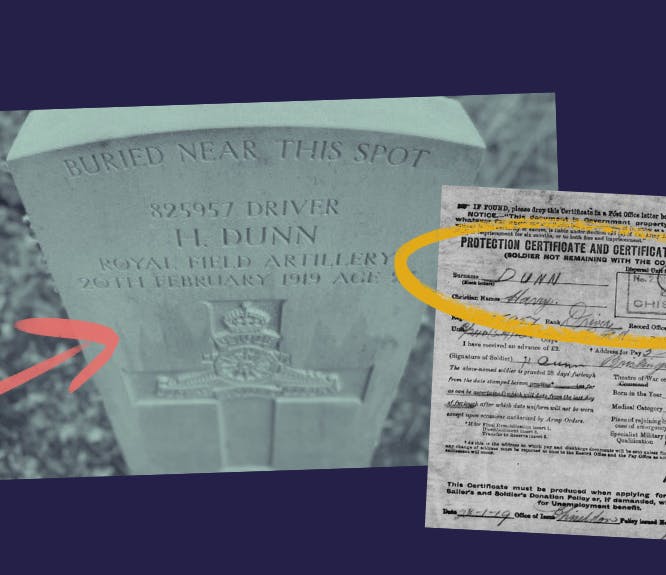
Researching this WW1 grave helped honour a forgotten hero and reunite a family from across the world
Discoveries

